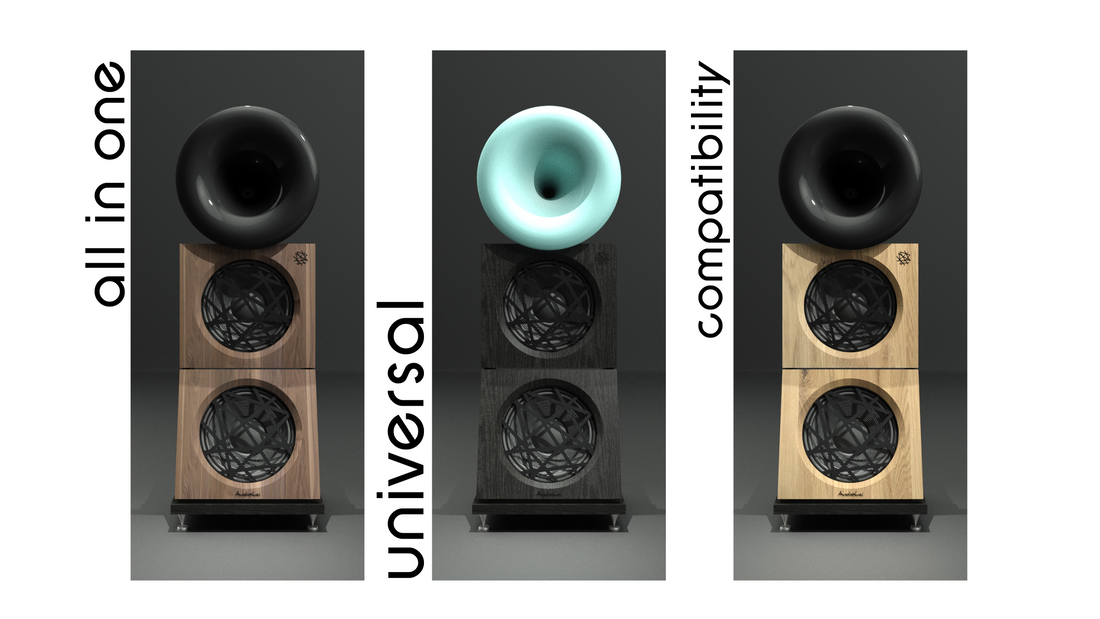
Compression Drivers: Power, Efficiency, and Sound Detail
Share
Compression drivers represent one of the most sophisticated and efficient solutions in the realm of audio transducers. Predominantly used in professional settings, they are engineered to deliver higher sound pressure levels and better frequency response compared to traditional drivers.
Technical Characteristics of Compression Drivers
A compression driver can be classified based on the throat diameter and diaphragm material. The most common sizes include:
- 1 inch (1"): Used for high frequencies, ideal for tweeters and compact systems.
- 2 inches (2"): Larger drivers that ensure high sound pressure, often used for mids and highs in large PA systems.
- 1.4 inches (1.4"): A compromise between efficiency and frequency coverage, employed in medium-sized PA systems
Diaphragm materials:
- Titanium: Rigid and lightweight, offering excellent transient response.
- Advanced polymers: Used to reduce distortion, providing a smoother, more controlled sound.
- Aluminum: More economical than titanium, with a slightly less bright but still effective response.
These drivers are designed to maximize the ratio between diaphragm surface area and sound pressure, minimizing losses and optimizing sound propagation through the horn.
Benefits of Compression Drivers in Hi-Fi Systems, Even in Small Spaces
Compression drivers are not just ideal for large venues or PA systems but also offer significant advantages in home hi-fi systems or smaller spaces:
- Energy Efficiency: Thanks to their design, they can achieve high sound pressure levels with reduced input power, minimizing overheating risks.
- Space Optimization: High efficiency enables compact system design without compromising sound power or quality.
- Detailed Reproduction: The ability to focus acoustic energy through the horn allows for high sonic clarity even at low volumes, ideal for home listening where prolonged sessions require precision without listener fatigue.
-
Reduced Distortion: Sound pressure management helps minimize harmonic distortion even in compact spaces, preventing unwanted resonances.
A Brief History of Compression Drivers
Compression drivers first emerged in the 1930s, developed by companies such as Western Electric and RCA. Initially used in cinema amplification systems, they were quickly adopted in professional audio due to their ability to project sound over long distances without sacrificing clarity.
Why Choose a Compression Driver
A compression driver is ideal for those seeking a precise, powerful sound, particularly suitable for larger spaces or high-fidelity audio systems.
Compression Drivers in AudioLai Systems
AudioLai has chosen to integrate compression drivers in the LURA series and DUETTO Active, leveraging their efficiency and detailed reproduction capabilities. This design choice aligns with the brand’s philosophy of combining sophisticated aesthetics with high-performance audio.
